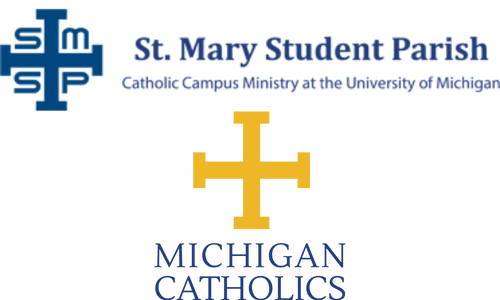Racial Justice Reflection Series – Chapter 2 Catholic Social Teaching and Racism
“What makes it [the Catholic Church] ‘white’ and ‘racist’ is the pervasive belief that European aesthetics, music, theology, and persons- and only these- are standard, normative, universal, and truly ‘Catholic’.” (Massingale, 80)
What we believe to be correct and normative shapes our values, opinions, and beliefs. I grew up in Denver, CO in a largely white parish; white was normative in my parish. Brother Joseph Davis points out that, the Church continues to perceive its constituency as the white, European immigrant community (Massingale, 63). What is viewed as correct and normative is white, and therefore what follows is that anything that deviates from this norm is less than perfect, wrong, not to be valued. White=normative and good, non-White=deviating from the norm, not good. The question of language, of who is included, and who is “us” follows from this concept of normativity and is illustrated in Brothers and Sisters to Us. It was not until the conclusion of chapter two that I realized the obviousness of the language in the title of this letter. I imagine this was partly because I didn’t pay much attention to the name of the bishops’ document, but as a part of the constituency Brother Joseph Davis describes (I am white, descended from Irish and Italian immigrants), I suspect some implicit biases were also at play. And I think (at least for me) this is the crux of the chapter. “Who is the ‘us’?” Massingale calls our attention to the fact that, “The Catholic racial justice tradition tends to speak about and for aggrieved African Americans; but it does not support or acknowledge black agency, meaning independent thought, action, and leadership” (Massingale, 75). The Church needs not to be a voice for the voiceless, but to critically examine how the voices of the dominant/normative constituency are blocking out the voices of marginalized communities.
While I am grateful to Father Massingale for helping call my attention to this simple and highly important point, I am also called to recognize my own blindness on this issue. Sure, maybe I just got lazy reading the title over and over again in the chapter, but why did I not pause to wonder who is the “us” and who is the necessarily implied and non-normative “other” present in the title of this letter?
At the end of the chapter, Massingale quotes Bernard Lonergan’s concept of “the flight from understanding,” which Massingale tells us is “the refusal of unwanted insight when such insight would entail changes that are costly, painful, or demanding” (Massingale, 76). Realizing that I missed the simple question of “who is ‘us’?” in the title demands that I look more closely at my own implicit biases and make changes. I invite you to begin thinking about what are ways that you allow yourself to participate in “the flight from understanding.” Perhaps while reading this book you have felt challenged (I know I have!), and perhaps there is a temptation to flee the book as it is bringing up questions that would require you to make changes that are “costly, painful, or demanding.” How can you lean into the discomfort and accept the invitation to move toward understanding?

Kathleen Durkin
Kathleen is a new member at St. Mary, having relocated from Boston, MA to Ann Arbor this summer. Kathleen is a social worker and has also spent time studying theology at Boston College’s School of Theology and Ministry. She enjoys baking, speaking Spanish, being outside, and spending time with family.
